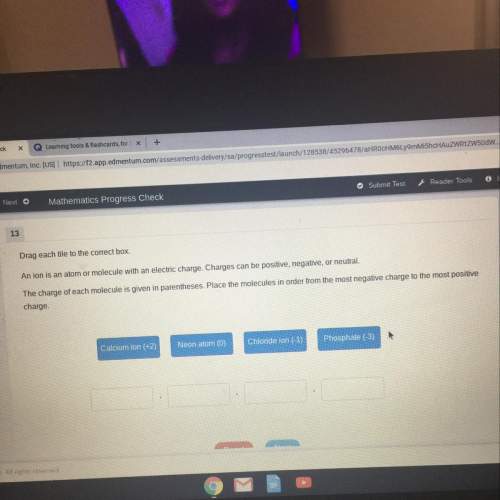
Mathematics, 08.12.2019 18:31, djnkyworld
The birth rate of a population is b(t) = 2500 e0.021t people per year and the death rate is d(t)= 1470 e0.019t people per year, find the area between these curves for 0 ≤ t ≤ 10. (round to the nearest integer.)what does this area represent? (attention! you are allowed only two submissions for this answer.)the number of births over a 10-year periodthe number of years it takes to increase the population by 10,000,000the number of years it takes to increase the population by 10the change in population over a 10-year periodthe number of deaths over a 10-year period

Answers: 2
Other questions on the subject: Mathematics

Mathematics, 21.06.2019 15:00, coopera1744
Answer this question! 30 points and brainliest! only if you know the answer.
Answers: 1

Mathematics, 21.06.2019 19:00, eparikh7317
Rob spent 25%, percent more time on his research project than he had planned. he spent an extra h hours on the project. which of the following expressions could represent the number of hours rob actually spent on the project? two answers
Answers: 1

Mathematics, 21.06.2019 19:30, bxbykyah
You have learned about the six trigonometric functions, their definitions, how to use them, and how to represent them graphically. the sine, cosine, and tangent trigonometric functions can be paired with their reciprocal functions, cosecant, secant, and cotangent, respectively. think about how each function is related to its reciprocal function. how are the graphs of the reciprocal functions related to their corresponding original functions? what happens to the graphs of the reciprocal functions as x approaches the zeros of the original functions? describe how you would teach friends with different learning styles (visual-spatial, aural-auditory, verbal-linguistic, physical-bodily-kinesthetic, logical-mathematical, social-interpersonal, and solitary-intrapersonal) how to graph the reciprocal functions
Answers: 2

Mathematics, 21.06.2019 21:30, Kittylover65
The price of a visit to the dentist is calculated according to the formula 50+100n50+100n where nn is the number of cavities the dentist finds. on your last visit to the dentist, 22 cavities were found. what was the cost of your visit?
Answers: 2
Do you know the correct answer?
The birth rate of a population is b(t) = 2500 e0.021t people per year and the death rate is d(t)= 14...
Questions in other subjects:

Geography, 04.02.2020 02:47


Mathematics, 04.02.2020 02:47




Mathematics, 04.02.2020 02:47

Mathematics, 04.02.2020 02:47


Mathematics, 04.02.2020 02:47








